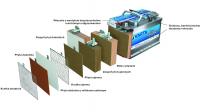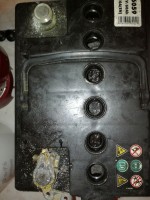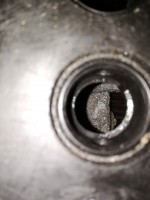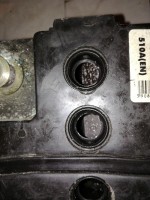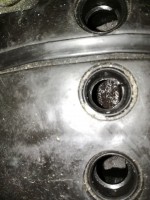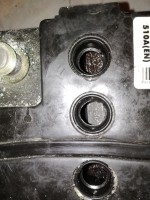Hello. I am in the 1996 Mazda 323F BA Z5, I have a TITANA 55041 12V 50Ah 220A battery. It has normal "cells" with twist off caps. Unfortunately, there is no preview of the electrolyte level on the housing. In each of the "cells" all plates are completely immersed in the electrolyte. When you unscrew the cap and look at the "cell" from above, you can see in the center of the cell two bent plates 2mm thick, running opposite to each other from the top (filler cap) towards the electrolyte. these laminae (their bent L-shaped ends) are not immersed in the electrolyte. QUESTION: Is this the limit of adding distilled water and should these plates be immersed in the electrolyte? Do the "cells" (the plugs have small holes in them) must be unscrewed when recharging the battery with a charger. Regards.



